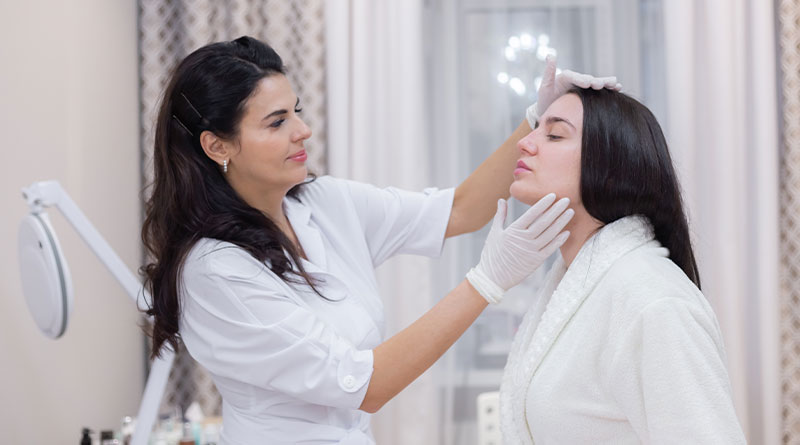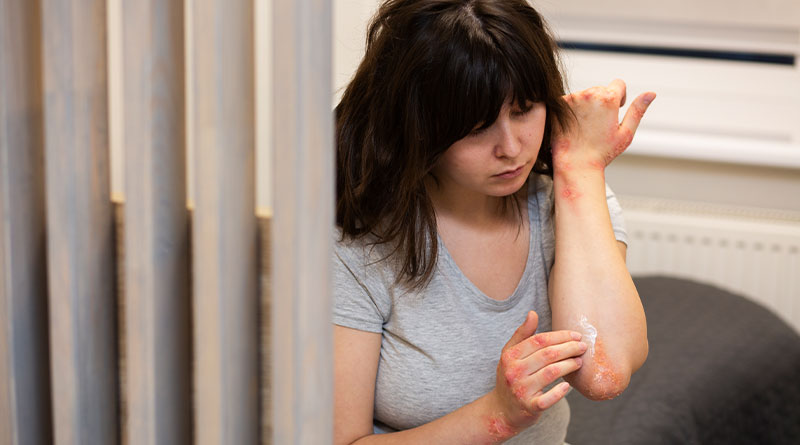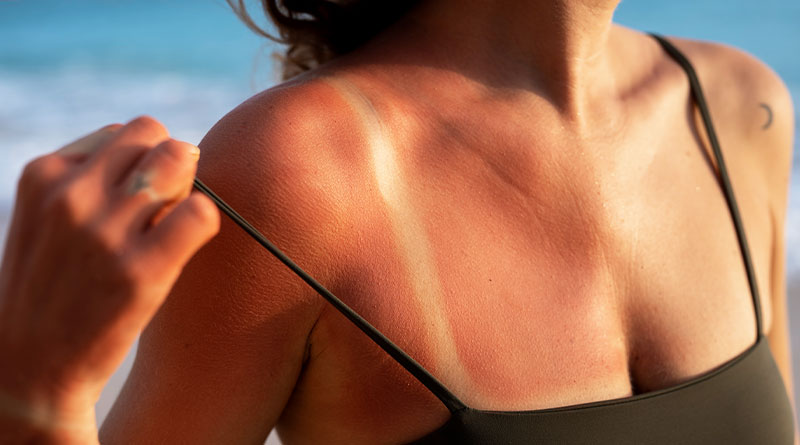Skin picking disorder, also known as dermatillomania, is a mental health condition that affects millions of people worldwide. It is a compulsive behavior that involves picking at one’s own skin, leading to skin lesions, scarring, and even infections.
People with this disorder often experience intense feelings of anxiety or distress before and after picking at their skin, but find it difficult to resist the urge to do so.
In this blog, we will explore skin picking disorder in detail, including its symptoms, causes, and treatment options.
Symptoms of Skin Picking Disorder
Skin picking disorder can manifest in various ways, but some common symptoms include:
- Picking at the skin to the point of bleeding, scarring, or infection
- Spending excessive amounts of time picking at skin
- Feeling ashamed, embarrassed, or guilty about skin picking
- Avoiding social situations or activities due to skin picking
- Attempting to conceal skin picking behavior
- Feeling a sense of relief or satisfaction after picking at skin, followed by feelings of guilt or shame.
If left untreated, skin picking disorder can have a significant impact on a person’s quality of life, leading to social isolation, low self-esteem, and even depression or anxiety.
Causes of Skin Picking Disorder
The exact cause of skin picking disorder is unknown, but research suggests that it may be linked to various factors, such as genetics, environmental factors, and neurotransmitter imbalances.
Genetics
Some studies have suggested that skin picking disorder may have a genetic component. For example, research has shown that the disorder tends to run in families. While the specific genes involved in skin picking disorder are not yet known, this research suggests that there may be a hereditary component to the disorder.
Environmental factors
Trauma, stress, and anxiety can trigger skin picking behavior in some people. Similarly, boredom or a lack of stimulation may also contribute to skin picking. For example, individuals who have experienced trauma or abuse may engage in skin picking as a way to cope with their emotions or to regain a sense of control.
Neurotransmitter imbalances
Imbalances in neurotransmitters, such as serotonin and dopamine, may also play a role in the development of skin picking disorder. These neurotransmitters are involved in regulating mood, anxiety, and impulse control, and imbalances in these chemicals may contribute to the compulsive behaviors associated with skin picking disorder.
Treatment Options for Skin Picking Disorder

Fortunately, there are various treatment options available to help manage the symptoms of skin picking disorder.
Cognitive-behavioral therapy (CBT)
Cognitive-behavioral therapy (CBT) is a type of therapy that helps individuals identify triggers for their skin picking behavior and develop strategies to manage the urge to pick at their skin. During CBT, a therapist works with the individual to help them recognize negative thoughts or behaviors and replace them with more positive ones. This type of therapy can help individuals develop new coping skills and build resilience to manage their symptoms.
Habit reversal training
Habit reversal training involves learning new habits or behaviors to replace the urge to pick at skin. This can include things like holding a stress ball or fidget toy instead of picking at the skin. By developing alternative habits, individuals can learn to manage the urge to pick at their skin and reduce the frequency and severity of their skin picking behavior.
Medication
Selective serotonin reuptake inhibitors (SSRIs) are a type of medication that can be helpful in managing the symptoms of skin picking disorder. These medications work by increasing the levels of serotonin in the brain, which can help regulate mood and behavior. While SSRIs can be effective in managing symptoms, they are not a cure for skin picking disorder and should be used in combination with other treatments, such as therapy and self-care strategies.
Also Check: How to Improve Women Sexual Pleasure
Self-care Strategies to manage skin picking disorder
- Practicing mindfulness: Mindfulness involves being present in the moment and paying attention to thoughts and feelings without judgment. This can help people become more aware of their skin picking behavior and develop strategies to manage it.
- Engaging in activities that provide a sense of fulfillment: Activities like exercise, art, or meditation can help provide a sense of fulfillment and reduce the urge to pick at the skin.
- Seeking support from others: Talking to friends, family, or a therapist about skin picking behavior can help reduce feelings of shame or guilt and provide a sense of support.
Conclusion
Skin picking disorder is a serious mental health condition that affects millions of people worldwide. Fortunately, there are various treatment options available to help manage the symptoms of skin picking disorder. By seeking help from a mental health professional and implementing self-care strategies, people with skin picking disorder can reduce their symptoms and improve their quality of life. It’s important to remember that recovery is possible and seeking help is a sign of strength.
If you or someone you know is struggling with a skin picking disorder, it’s essential to seek help from a mental health professional. With the right treatment and support, it’s possible to manage the symptoms of this disorder and improve overall well-being. Remember, recovery is possible, and help is available.
FAQs
Q: Is skin picking disorder common?
Ans: Skin picking disorder is more common than many people realize, affecting an estimated 1-5% of the general population.
Q: How is skin picking disorder diagnosed?
Ans: Skin picking disorder is typically diagnosed by a mental health professional through a comprehensive evaluation that includes a discussion of symptoms, medical history, and family history.
Q: What are the treatment options for skin picking disorder?
Ans: Treatment options for skin picking disorder include cognitive-behavioral therapy, habit reversal training, and medication. In addition, self-care strategies such as mindfulness, engaging in fulfilling activities, and seeking support from others can also be helpful.
Q: Is there a cure for skin picking disorder?
Ans: While there is no cure for skin picking disorder, with the right treatment and support, it’s possible to manage the symptoms of this disorder and improve overall well-being. Recovery is possible, and seeking help is a sign of strength.
Q: Can skin picking disorder lead to other health problems?
Ans: Yes, skin picking disorder can lead to skin infections, scarring, and other health problems. In addition, the stress and anxiety associated with skin picking disorder can lead to other mental health conditions such as depression and anxiety.
Q: Can skin picking disorder be prevented?
Ans: There is no known way to prevent skin picking disorder, but early intervention and treatment can help reduce symptoms and prevent the condition from becoming more severe. It’s important to seek help from a mental health professional if you or someone you know is struggling with skin picking disorder.
Sahil Sachdeva is the Founder of curemedoc.com and a Digital Marketing professional with 6+ years of experience. If you need help in Content writing and want to increase your website ranking, connect with him, as he has some premium websites where you can share blogs with DoFollow links and increase your website’s ranking on Google.



